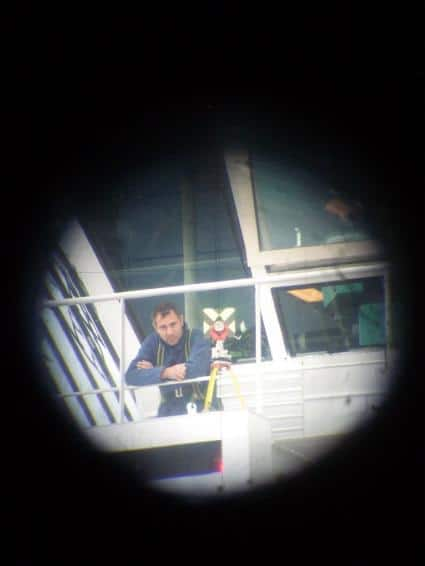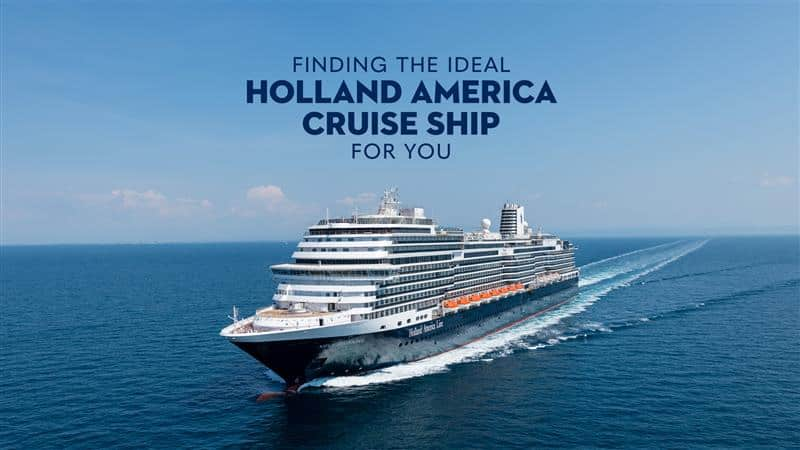All About Navigation Lights
Marine navigation lights are simply coloured electric lights fixed on ships and used to indicate the size of the ship, the direction in which the ship is travelling and the angle where they should be visible. They must be exhibited by law between sunset and sunrise and in poor visibility.
The location (on the ship), the range (distance at sea to which these lights can be seen) and the arc of visibility of these lights (the angle through which they can be seen) is fixed by international convention. In fact, all marine navigational lights must comply with rigid international standards and be fixed by approved personnel. It is important to understand that international conventions cover all vessel everywhere in the world, from the smallest boat (which can carry a torch) to the largest oceangoing behemoth. A few countries like the U.S. have special rules for inland navigation within their rivers etc., but they don’t usually deviate in a major way from international conventions.
A ‘normal’ ship shows ‘running lights’ at sea, as explained below:
* A ship at anchor, and all specialised ships like minesweepers, dredgers, high speed ferries — and a plethora of such — must show special lights. So must fishing vessels, towing vessels and big ships restricted in their ability to manoeuvre by virtue of their size. All lights, normal or special, are constructed and fixed on ships according to international law.
* The ‘range’ of lights — that is, the distance from which they can be seen — varies. As an example, the masthead light of a big oceangoing vessel may have a range of 6 miles; a boat under 20 metres in length only 3 miles. In practice, conditions of visibility and height of the observer affect the range at which these can be seen.
Vessels must have navigation lights so that other vessels can see if there is a danger of collision and take action to avoid it. These lights also help to determine the size, relative angle and sometimes in specific matters the type of vessel. All vessels show a green light on the right side of the ship (starboard) and a red light on the left (port) side, as well as a stern light (behind or astern). The red and green lights mentioned are called sidelights. Ships must also show at least one masthead (on the high mast) light — two for larger vessels. All lights have well-defined angles through which they must be visible. Outside of these angles, the lights cannot be seen.
For example:
An all round light is visible over 360 degrees
A masthead light is white and visible over 112.5 x 2 = 225 degrees
A sternlight is white and visible over 135 degrees (67.5 degrees on each side from right astern)
After determining at night or in poor visibility the direction of the other ship with what we see of her navigation lights, a deck officer can calculate if risk of collision exists. Specific regulations called the International Regulations for Preventing Collisions at Sea (COLREGS1972) then come into play. These are commonly known as the ‘Rules of the Road.’
Amongst other things, the COLREGS lay out strict guidelines for which ship must alter her course or speed (the give-way vessel) and which ship must maintain her course and speed (the stand-on vessel), when a risk of collision exists. The determination of whether a vessel is a stand-on or give-way vessel is dependent on her size, nature, angles as determined by her navigation lights and other factors as well as any special occupational characteristics (fishing, towing etc).
A good knowledge of navigational lights is thus essential for a deck officer to sail safely through the oceans.
Now the Nieuw Amsterdam has been in dry dock, she is steady and we can examine the angles for the navigation lights.
As an example the port side (red) light is seen below.
Tim Lodder is Nieuw Amsterdam’s navigation officer.







